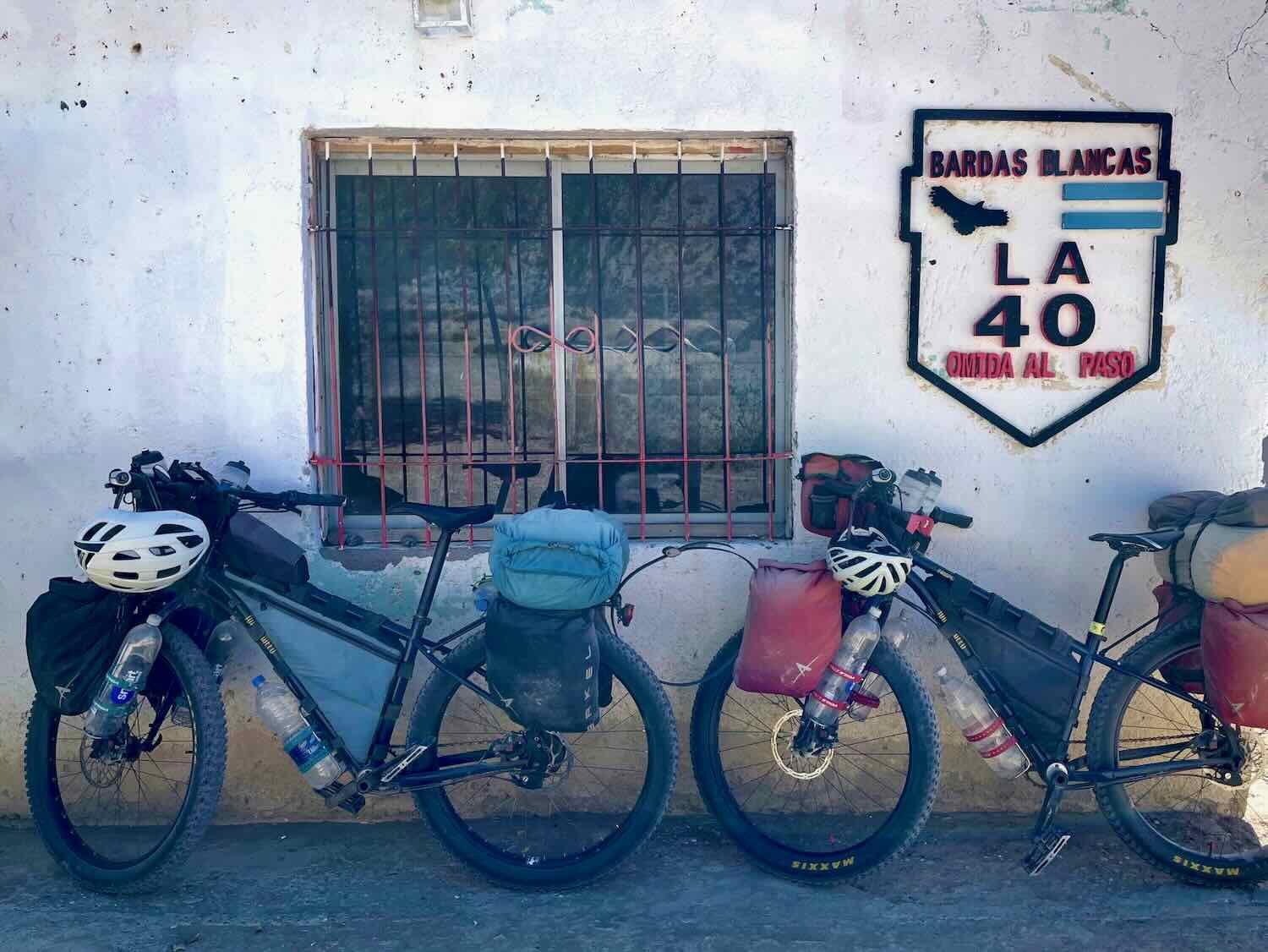Cycling Argentina’s Route 40, Part 2: Buta Ranquil to Mendoza
As we crested a hill a broad, brown valley stretched before us in the morning light, marking Patagonia’s northern boundary and the gateway to Argentina’s wine country. The river below symbolized a cultural shift, from the rugged gauchos of the southern frontier to the country’s fertile agricultural heartland. There was still plenty of wild country ahead, including a massive lava field and high deserts in the shadow of volcanos. But eventually we rolled into the more developed lowlands of Mendoza - draped with autumn-toned grapevines, nurtured by glacial meltwater flowing down from the highest mountain in the Western Hemisphere.
Cycling Argentina’s Route 40, Part 1: Junín de los Andes to Buta Ranquíl
As we pedaled toward the northern limit of Patagonia, the vast landscape continued to surprise and challenge us. Argentina’s celebrated Route 40 led us across treeless, windswept mesas and picturesque canyons where we pitched our tent far from the few, frontier towns. Along the way we shared the road with herds of goats being driven to new pastures for the winter. And in one small village we experienced a scene right out of Alfred Hitchcock’s movie The Birds. With a little help from some kind locals, we managed to keep moving forward - no matter how fiercely the winds blew.
Cycling the Pan-American Highway and Seven Lakes Route: Puerto Montt, Chile to Junín de los Andes, Argentina
After cycling the Carretera Austral, we chose to cross the Andes quickly, trading Chile’s rainforests for Argentina’s arid foothills. The Pan-American Highway took us along the edge of one of Chile’s largest lakes, with towering volcanos in the distance. The volcanos’ destructive power was evident as we cycled over a mountain pass lined with ghostly dead trees. We then traveled along the Seven Lakes Route, part of Route 40 - one of most fabled and scenic roads in Argentina.


